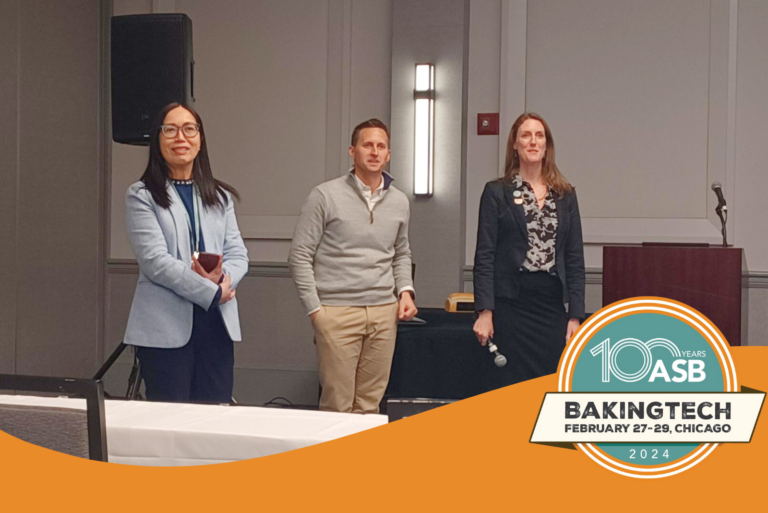David Pelyhes, business partner at JPG, developed critical talent assessment skills through progressively more responsible roles on the plant floor and R&D leadership. He combines those experiences with knowledge of multiple food platforms and large CPG reorganizations to provide clients a clear view of the talent that will best fit their situation. Contact him at david@jpgresources.com.
KANSAS CITY, MO — Your brand just had a fantastic quarter, and the sales and marketing teams have secured a flood of orders. With higher quantities and tight deadlines, supply chain and operations teams need to scale — fast.
Most companies struggle to handle a sudden rush of orders, resulting in unexpected challenges. Without a flexible team, they end up fighting fires rather than strategically planning for the long term.
During the pandemic, people tried new ways of working, including taking on more freelance and contract work. A recent survey by Korn Ferry indicated that the number of global interim or short-term workers grew from 43 million in 2018 to roughly 78 million in 2023. The report also suggested that a 70/30 split between full-time and contract workers creates a team with the ideal mix.
Three fractional experts with JPG Talent shared the benefits of a flexible workforce and what it’s like to jump in, fill gaps and provide specialist expertise.










